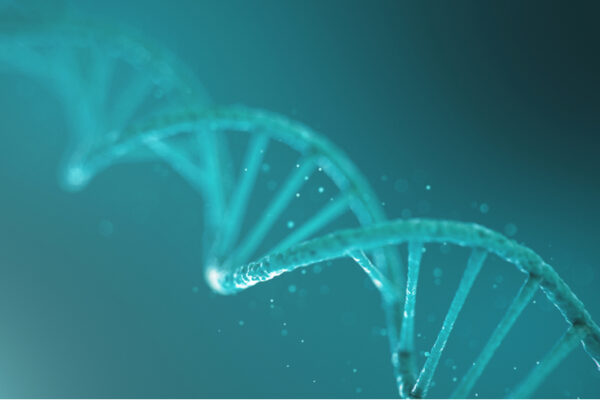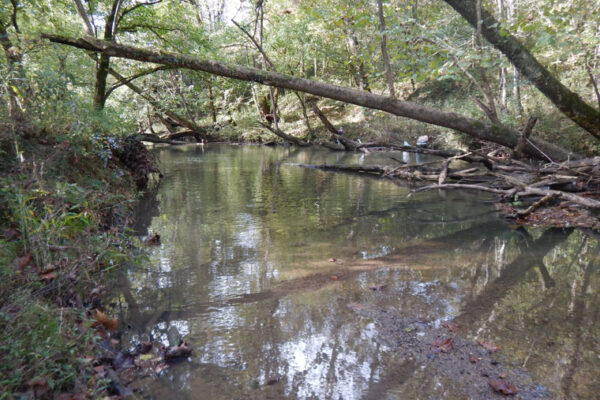RNA, an essential biomolecule for life, has been used in environmental applications including monitoring microbial communities, developing pesticides and quantifying the abundance of pathogenic viruses, such as SARS-CoV-2, in water and wastewater systems. Understanding how quickly RNA breaks down in given conditions is critical to harnessing the molecule in these and other emerging technologies.
According to a new study by researchers working with Kimberly Parker, an assistant professor of energy, environmental and chemical engineering at the McKelvey School of Engineering at Washington University in St. Louis, RNA can undergo rapid hydrolysis when adsorbed into iron oxide minerals. The collaboration includes Jeffrey G. Catalano in the Department of Earth and Planetary Sciences in Arts & Sciences. The results were published May 22 in Environmental Science & Technology.
Read more on the McKelvey School of Engineering website.


